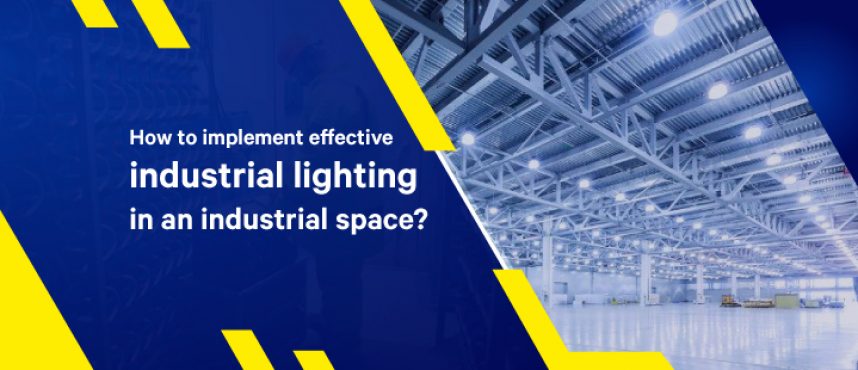How to implement effective industrial lighting in an industrial space?
It is imperative that lighting plays an important role in ensuring security and safety for workers in an industrial workspace. Not only does it improve the visual experience, reduce accidents, diminish health hazards, and enhance a working environment but also it reduces electricity consumption at the end of the day. Subsequently, reduced electricity cost in an industrial environment is a huge deal and our knowledge should not be limited to the importance of industrial lighting but also how to enhance the performance of industrial lighting as well. Given below are some of the methodologies through which we can boost the performance of industrial lighting at an industrial workspace-
- Utilizing the most daylight- An industrial workspace generally works throughout the day and night. This affects the fixtures’ lifespan because of their long usage over the 24-hour clock. Alternatively, we can take the most out of the daylight which is free of cost in two effective ways-
- Interior design elements curated for maximum daylight usage: Heavy machinery that takes up longer hours of work can be placed near the doors and windows whereas the roof can be made of a translucent material to maximize the inputs of the broad daylight.
- Intelligent control of lighting- Workers and stakeholders at an industrial workspace can minimize power consumption by incorporating intelligent control of lighting fixtures by photosensors. This will automate the whole lighting system making use of the daylight as and when necessary.
- Enhance lighting quality and levels-
Lighting levels are a crucial part of industrial lighting and it varies from one task to another. The color combination of the industrial workspace also comes into the picture where “white” is the highly suggested one as it reflects light more effectively. One needs to look at the Color Rendering Index (CRI) and Correlated Color Temperature (CCT) to seek the optimum amount of lighting conditions at industrial workstations. If the conventional lighting fixtures don’t match up to the expectation it is always advisable to hire the best LED indoor lighting systems provider. The power and choice of an indoor LED light can be best suggested by expert providers who do this job on a daily basis.
- Refraining from shadow and glare-
Improper positioning and installation of lights can lead to eye strains, headaches, and reduced visibility which can bring detrimental effects to the industrial floor workers. A standard LED indoor lighting systems provider would always recommend installing the LEDs at a certain height to reduce glare from shiny surfaces and would suggest covering them up with opaque material or implementing shaded fixtures to avoid light filtering into direct contact with the vision of the workers. To avoid shadows, headlights of works and the height of the stationery fixtures prove crucial.
- Maintenance and Cleanliness
Frequent maintenance and cleanliness are proven to be an effective way of reducing costs and enhancing lighting conditions at industrial workstations. Irrespective of the fixtures, the environment shall be cleaned and maintained for sustainable living and working conditions for the workers. For example, lighting fixtures in food processing plants should be washable. There are other conditions to consider like dust and pests which can be kept at bay with regular cleaning.




